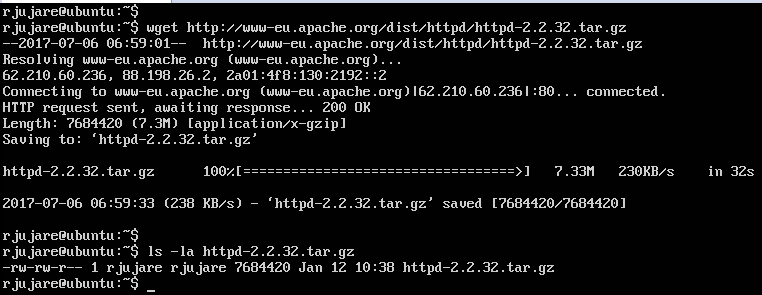
In its simplest form, when used without any option, wget will download the resource specified in the to the current directory. url – URL of the file or directory you want to download or synchronize.

The wget utility expressions take the following form: $ wget
#Wget linux how to#
Installing Wget on Ubuntu and Debian $ sudo apt install wget Installing Wget on CentOS and Fedora $ sudo yum install wget Wget Command Syntaxīefore going into how to use the wget command, let’s start by reviewing the basic syntax. If wget is not installed, you can easily install it using the package manager of your distro. Otherwise, it will print wget command not found. If you have wget installed, the system will print wget: missing URL. To check whether the Wget package is installed on your system, open up your console, type wget, and press enter. The wget package is pre-installed on most Linux distributions today. This article shows how to use the wget command through practical examples and detailed explanations of the most common options. Wget provides a number of options allowing you to download multiple files, resume downloads, limit the bandwidth, recursive downloads, download in the background, mirror a website, and much more.

With Wget, you can download files using HTTP, HTTPS, and FTP protocols. GNU Wget is a command-line utility for downloading files from the web. How To Use Wget Command in Linux wget-commands.jpg


 0 kommentar(er)
0 kommentar(er)
